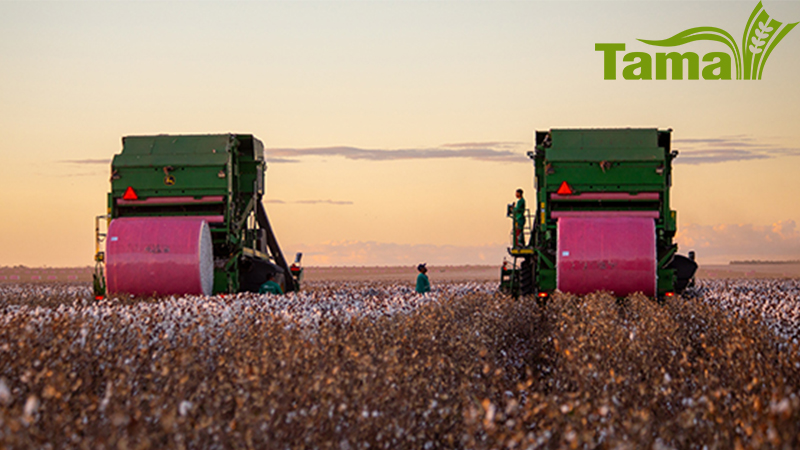PhytoGen: Enlisting Growth and Potential
From Cotton Grower Magazine – November 2017
For 2017, U.S. cotton growers had the option to plant five different Enlist cotton varieties from PhytoGen in their fields, allowing them to control problem weeds in-crop with Enlist Duo herbicide from Dow AgroSciences, a proprietary blend of new 2,4-D choline and glyphosate. The results to date have been impressive.
“We introduced PHY 490 W3FE (WideStrike3 Flex Enlist) last year, so we already had some widespread usage and a good feel for how it was going to do,” says Ken Legé, PhytoGen cotton development specialist based in Lubbock. “This year, we introduced PHY 300 W3FE, PHY 330 W3FE, PHY 340 W3FE and PHY 450 W3FE. We’ve been able to get a good look at all five of these for the first time in grower fields and real-world experiences. That’s been fun to watch.”
Legé admits that PHY 300 W3FE was the variety that surprised him. An early-mid maturity variety, it showed strong, fast emergence, then looked simply unimpressive through fruiting and opening in plot work last year.
“It was never showy,” he recalls. “Then I starting weighing it, and it was winning nearly every trial. It’s good on Verticillium wilt, is tight in the burr and has a shorter stature, which makes it very attractive to West Texas growers.”
PHY 450 W3FE entered the 2017 season with a few question marks, primarily because seed supply limited field testing for the variety in 2016. Compared to the data collected, variety performance looks like a repeat of last year’s strong showing.
“It’s a little earlier than PHY 490 W3FE, which should give it wider usage from north to south,” says Legé. It outyielded PHY 490 W3FE in almost every scenario we put it in, especially with water. At one of our field days, PHY 450 W3FE had the most comments and questions from growers.”
The Enlist system has proven to be a plus for PhytoGen varieties, and not just from a weed control perspective. “One of the things that has helped us, especially in West Texas, is that anything with an E on it has bacterial blight resistance,” explains Legé. “Enlist varieties have also been a good fit in southwest Kansas, even in areas where there’s wheat. And it’s the same thing in Oklahoma. Growers are having a good year. They may have dryland cotton that will yield 2 ½ to 3 bales, and that tends to get people’s attention.”
This year, PhytoGen is testing their largest number of experimentals covering a breadth of maturities – from very early varieties for short season areas to full season options that could fit from east Texas all the way into the Mid-South and Southeast.
Early season lines in testing have shown excellent Verticillium wilt tolerance, bacterial blight resistance, and varying levels of root knot nematode resistance. All are shorter stature and easy to manage, with a high potential for step changes in fiber quality.
Early-to-medium options in test have bacterial blight resistance and some Verticillium wilt activity. Some are vigorous growers, and others are shorter stature. New medium to mid-to-full maturities all show root knot nematode resistance, plus excellent yield and fiber quality potential.
“We make seedling vigor a high, high priority,” says Legé. “We don’t look at anything that doesn’t have the seedling vigor to get the plants up and out of the ground. A bad stand is a headache all year long. The first and best thing we can do for growers is get the seedlings up and out quickly. The longer seed sits in the ground, the more the yield potential deteriorates.”








